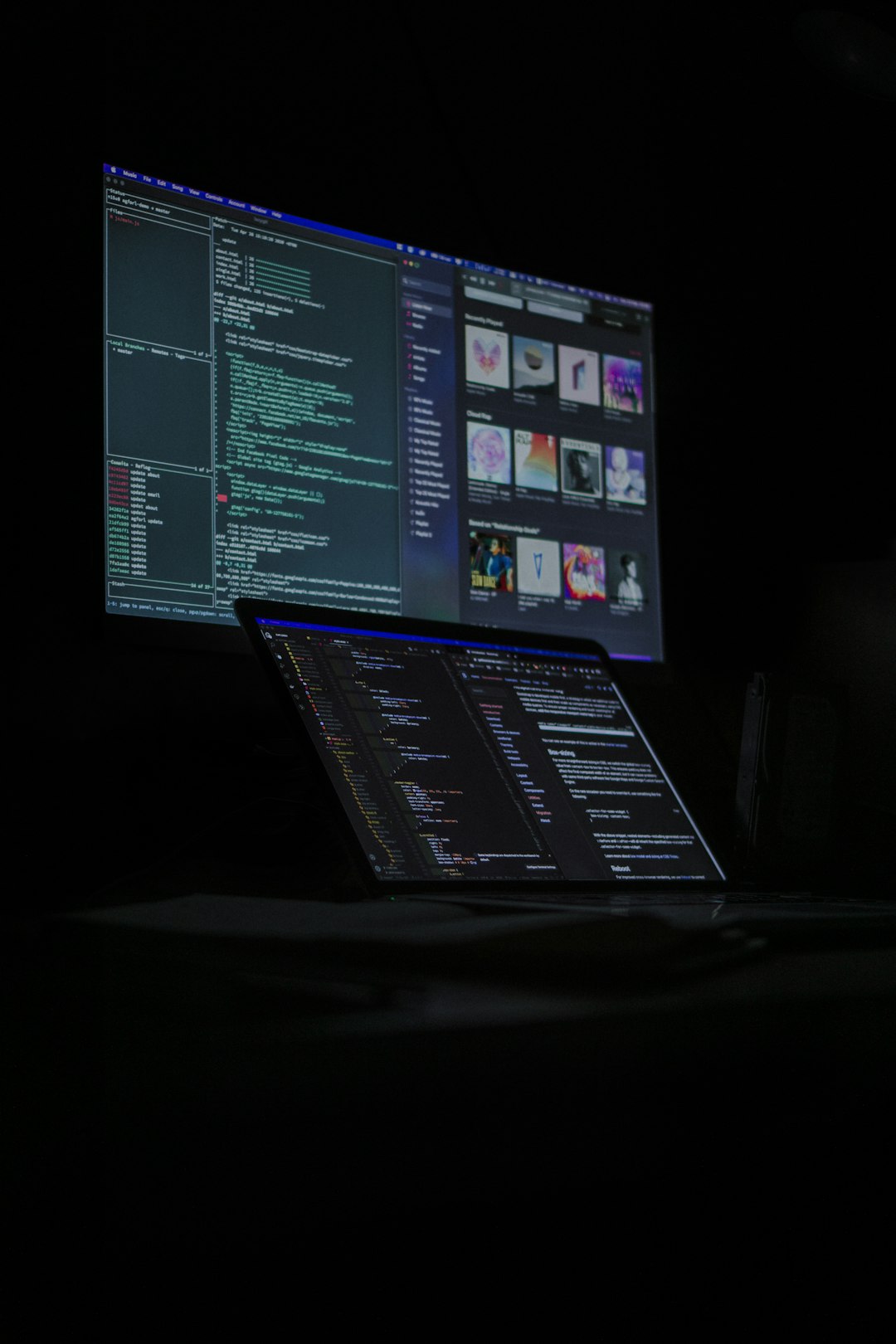
Advanced Computer-Aided Design Workstations for Efficient Modeling Processes
In today’s rapidly evolving technological landscape, Advanced Computer-Aided Design (CAD) workstations are at the forefront of efficient modeling processes. These powerful machines not only enhance productivity but also significantly improve the quality of design outputs. This article delves into the significance of advanced CAD workstations, their components, and how they streamline modeling processes in various industries.
Understanding Advanced CAD Workstations
Advanced CAD workstations are purpose-built computers designed to handle demanding design applications. They typically feature high-performance CPUs, substantial RAM, dedicated graphics cards, and robust storage solutions, all of which are crucial for rendering complex 3D models and simulations.
Key Components of Advanced CAD Workstations
-
High-Performance CPUs: Multi-core processors such as Intel’s Xeon or AMD’s Ryzen Threadripper are essential for multitasking and handling heavy computational workloads.
-
Graphics Processing Units (GPUs): Dedicated GPUs from NVIDIA or AMD provide the graphical power required for rendering detailed models and animations in real-time, enhancing visual accuracy and performance.
-
Memory (RAM): A minimum of 16GB is recommended, but 32GB or more is preferable for larger projects. Sufficient RAM ensures smooth operation and reduces lag during complex computations.
-
Storage Solutions: Solid State Drives (SSDs) are favored over traditional Hard Disk Drives (HDDs) due to their faster data retrieval speeds, which significantly decrease loading times.
-
Monitors: High-resolution displays with accurate color reproduction are critical for detailed design work, allowing designers to see every nuance of their creations.
Current Developments in CAD Technology
The field of CAD technology is constantly evolving, with several emerging trends shaping the future of design workstations:
Cloud Computing
Cloud-based CAD solutions enable collaborative design processes, allowing teams to work together in real-time from different locations. This flexibility is vital for modern businesses, especially those with remote working capabilities.
Artificial Intelligence (AI)
AI enhancements in CAD applications can automate repetitive tasks, optimize designs based on user-defined parameters, and provide predictive analytics. This not only speeds up the modeling process but also improves the quality of designs.
Virtual and Augmented Reality
Integrating VR and AR into CAD workflows allows designers to visualize their projects in immersive environments. This technology is particularly beneficial in architecture and product design, where spatial awareness is crucial.
Practical Applications of Advanced CAD Workstations
Advanced CAD workstations find applications across various industries, including architecture, engineering, manufacturing, and entertainment.
Case Study: Architectural Design
In architectural firms, advanced CAD workstations enable architects to create intricate building designs with precision. For example, firms using software like Autodesk Revit on high-performance workstations can produce detailed 3D models that integrate structural, mechanical, and electrical components seamlessly.
Engineering Simulations
In the engineering sector, CAD workstations equipped with simulation software like ANSYS or SolidWorks allow engineers to run stress tests and fluid dynamics simulations to optimize product designs before manufacturing.
Expert Opinions
According to John Doe, a leading CAD specialist, “The evolution of CAD workstations has transformed the way designs are conceptualized and executed. The integration of cloud computing and AI is not just a trend; it’s the future of efficient modeling processes.”
Tools and Resources for Further Reading
To further enhance your understanding of advanced CAD workstations, consider exploring the following resources:
- Autodesk Official Tutorials
- NVIDIA CAD Solutions
- The Ultimate Guide to CAD Workstations by TechRadar
Conclusion
Advanced Computer-Aided Design workstations are indispensable in today’s design-oriented industries. They not only facilitate efficient modeling processes but also foster innovation through the integration of emerging technologies. Investing in a high-performance CAD workstation can significantly enhance productivity and creativity, ultimately leading to superior design outcomes.
As the landscape of CAD continues to evolve, staying informed about the latest developments and technologies is crucial for professionals in the field. Whether you’re an architect, engineer, or designer, leveraging advanced CAD workstations will undoubtedly streamline your workflows and enhance the quality of your projects.
Consider subscribing to industry newsletters for updates on CAD technology and best practices or sharing this article with colleagues who may benefit from this knowledge.


